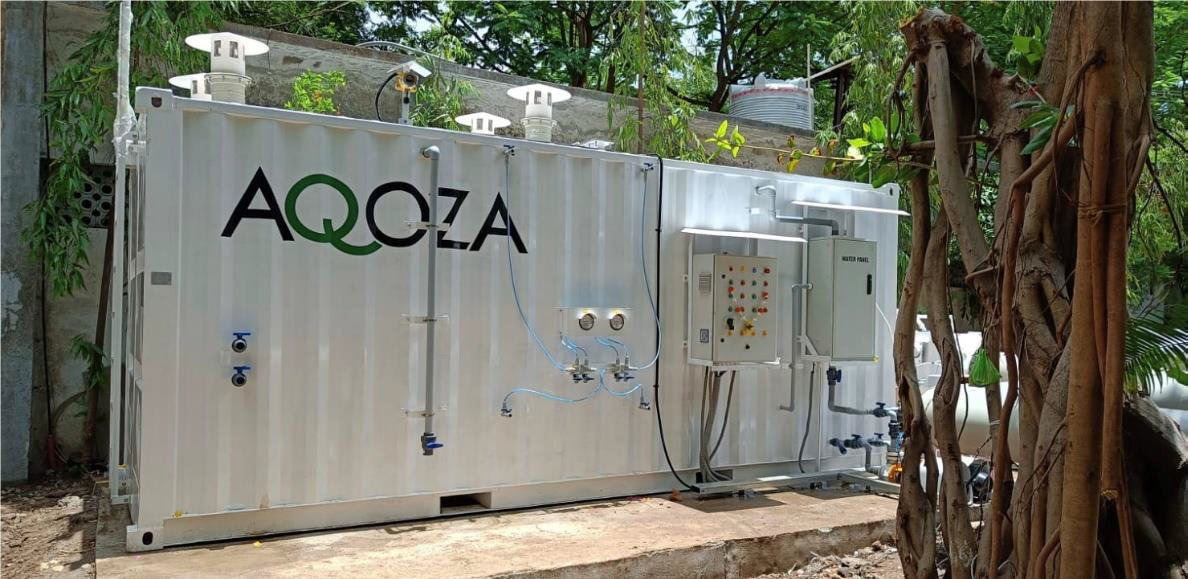Waste Odour Removal from Pumping Station: A Case Study
Zahid, Co-founder & CEO
28 Mar, 2024
Zahid, Co-founder & CEO
28 Mar, 2024

Introduction: Situated in the heart of Surat, Gujarat, an old pumping station with a sewage capacity of 30 MLD (million liters per day) faced significant challenges due to odour emissions. The surrounding residents bore the brunt of the foul odour, particularly during peak hours in the morning and evening. Complaints raised by affected residents prompted Surat Municipality to take action and address the odour issue effectively.
Problem: The persistent odour emissions from the pumping station were a major concern for residents, impacting their quality of life and raising environmental health issues. To mitigate the odour problem, Surat Municipality sought the expertise of a consultant to recommend suitable odour control measures and technologies. Following a thorough assessment, the consultant proposed the installation of an odour control system with a capacity of 5,000 m3/hr, comprising dual-stage technology.
Solution: Responding to the urgent need for odour control, we offered a customized solution featuring a compact dual-stage odour control unit. The first stage incorporated a biological scrubber, utilizing an innovative porous media made from recycled glass. This media provided an expanded surface area for microbial colonization, enabling the efficient removal of hydrogen sulphide (H2S) and other odourous compounds, including volatile organic compounds (VOCs). In the second stage, a coconut-based activated carbon adsorption system acted as a polishing unit, specifically targeting H2S removal. The use of water-regenerable activated carbon ensured enhanced lifespan and lower operational costs. Despite the tight timeline, we successfully deployed the odour control system within eight weeks of receiving the purchase order (PO), meeting the customer's urgent requirements. The system design considered an inlet H2S concentration of 250 ppm, with an outlet H2S concentration maintained at less than 1 ppm. Continuous monitoring of H2S levels was ensured through hydrogen sulphide sensors installed at the exhaust of the odour control unit. Additionally, ambient H2S levels in the vicinity of the pumping station were monitored to prevent odour leakage and ensure the effectiveness of the odour control measures.
Results: Following the installation of the odour control system, significant improvements were observed in the surrounding environment. Residents reported a marked reduction in foul odours, enhancing their quality of life and overall well-being. Environmental monitoring confirmed compliance with regulatory standards, demonstrating the system's effectiveness in mitigating odour emissions and promoting environmental sustainability.
Conclusion: The successful implementation of the odour control system at the pumping station exemplifies our commitment to addressing complex environmental challenges and improving community health and well-being. By leveraging innovative technologies and tailored solutions, we have achieved significant odour reduction and environmental compliance, contributing to a cleaner and healthier living environment for residents of Surat. Moving forward, we remain dedicated to delivering sustainable solutions that enhance environmental quality and promote public health.

